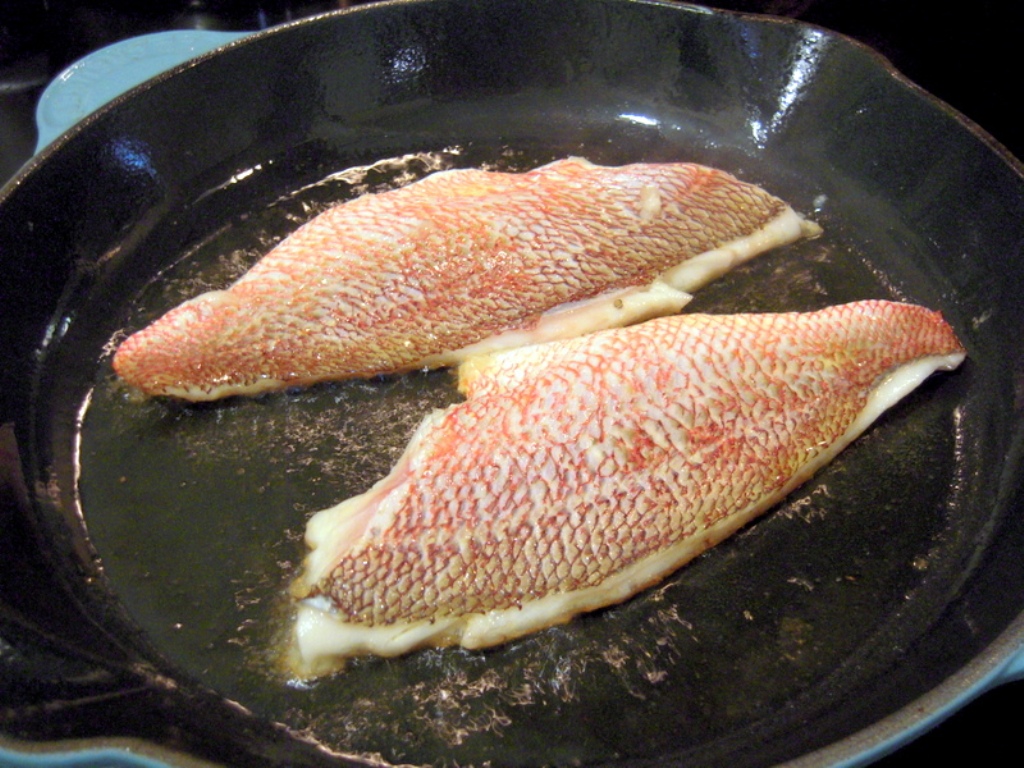

^ FAO (Food and Agriculture Organization of the United Nations) (2011).Gomon, 2011, Snapper, Chrysophrys auratus, in Fishes of Australia, accessed, Journal of the Royal Society of Western Australia. ^ a b c Based on data sourced from the FishStat database Archived November 7, 2012, at the Wayback Machine.^ Snapper, New Zealand's Greatest Fish, Te Ika Rangatira o Aotearoa, Sam Mossman, AUT Media, 2008, ISBN 978-0-958.A Voyage to Terra Australis, volume 1 at Project Gutenberg, entry for ^ Australian Aboriginal Words in English, R.Archived from the original on 3 July 2006. ^ "Fishing Australia with the Definitive Aussie Interactive Sports Fishing Website! - Sportsfish Australia".Archived from the original on 19 August 2006. ^ "Relationships among partial and whole lengths and weights for Western Australian Pink Snapper Chrysophrys auratus (Sparidae) - Department of Fisheries, Western Australia, Fish for the Future".^ a b Froese, Rainer Pauly, Daniel (eds.) (2012).This may be important with recent developments in technology such as GPS. Minimum sizes are supposed to be designed to allow these fish to participate in spawning runs at least once before they become available to the fishery, but given the slow growth rates of this species, a need exists to consider area closures and/or further increase the minimum sizes in each state to reduce the chances of growth overfishing of the various populations of snapper throughout its range. During spawning, these fish obtain a metallic green sheen which indicates a high concentration of acid buildup within the scales' infrastructure. The legal size in Australia varies by state, from 35 cm (14 in) and a bag limit of five fish per person in Queensland to 50 cm (20 in) in Western Australia. Anglers are advised not to take immature fish, so as not to reduce breeding stock. Large individuals of both sexes develop a prominent hump on the head. Sexual maturity is reached at about 30 cm (12 in) long and a small percentage of the males will turn into females at puberty. The species is capable of living about 40 years throughout much of its range in Australia, and the Australian recordholder of 40 years and 10 months was a 93.5 cm (36.8 in) large-nosed male, caught on 1 September 2007 off Bunbury, West Australia, and photographed on the day of capture. the Hauraki Gulf, NZ) growing rapidly and to a smaller maximum length, while stocks in east and west Australia are known to grow more slowly. Growth rates within the wild stocks vary with some (i.e. Larger fish are known to enter estuaries and harbours, for example Port Phillip Bay has a renowned seasonal snapper run.

They school, and will migrate between reefs. The fish spawn in inshore waters and live in rocky areas and reefs of up to 200 m (660 ft) deep. It is also found on the coast of Tasmania, but in smaller numbers. In Australia, it is found along the south coast, mainly near Kiama, Berry, Gerringong, Gerroa, Huskisson, Vincentia, and Shoalhaven. The Australasian snapper is found on all coasts of New Zealand, especially in the north. Capture of wild Australasian snapper in thousand tonnes, 1950–2010, as reported by the FAO


 0 kommentar(er)
0 kommentar(er)
